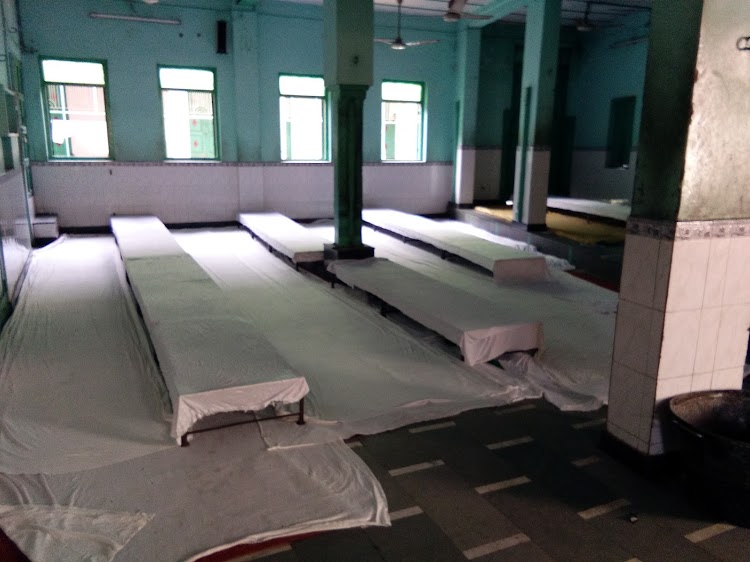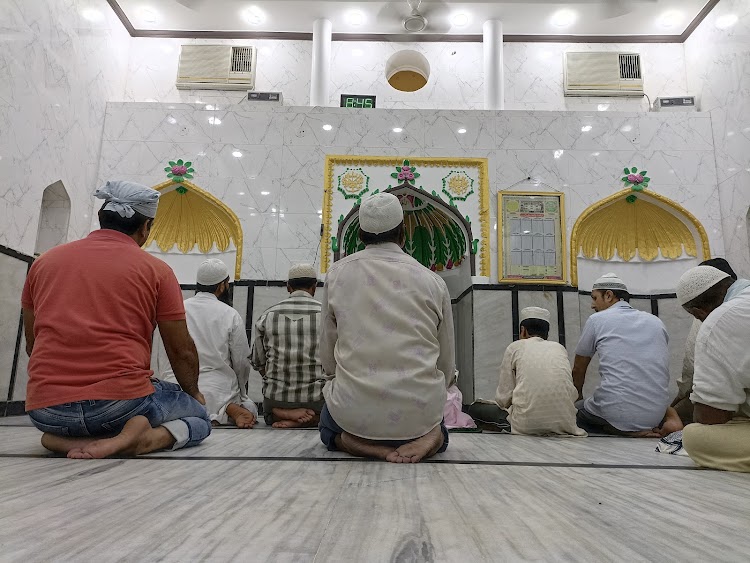

The Amrud Wali Masjid (also known as the Guava Tree Mosque) is a small but significant mosque located in Old Delhi, near the famous Red Fort and Jama Masjid area. Its exact establishment date is not widely documented, but the mosque is believed to have been built during the Mughal era, possibly in the 17th or 18th century. Key Features: Name Origin: The name "Amrud Wali" comes from a guava tree that was said to have grown in or around the mosque premises. It is a unique characteristic that gave the mosque its identity. Architecture: Like many small Mughal-era mosques, Amrud Wali Masjid reflects traditional Mughal architectural elements, such as domes and minarets, though on a smaller scale compared to larger mosques like Jama Masjid. It has simple but elegant designs typical of that period, with arched entrances and possibly intricate stone carvings. Religious Importance: It serves as a local prayer space for residents and visitors in the bustling Old Delhi area. While it may not be as grand as Jama Masjid